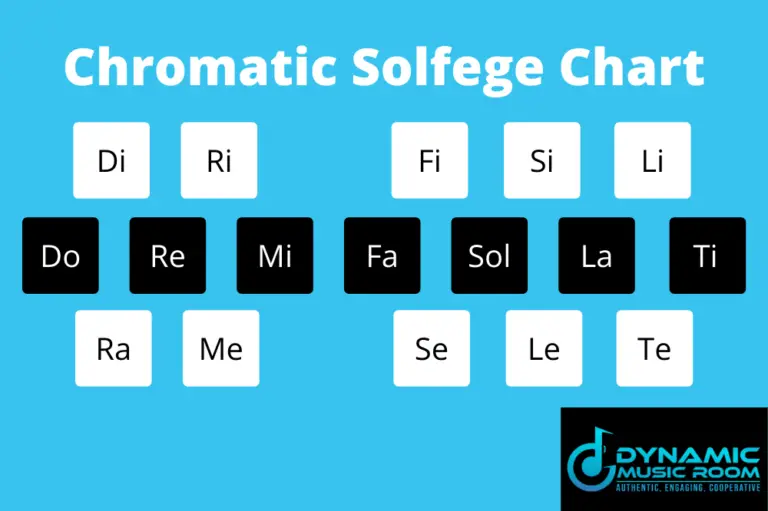

In solfege, we alter the syllables to an “-ay” sound. When going down with letter names, the notes are changed by adding a flat (b). In solfege, if you had to, you’d just call it by the upper note. Rarely will you ever see these altered anyway. Note: There isn’t a raised version of Mi and Ti. Scale Degree By Number Syllable Pronunciation 1 Do Doe 1.5 Di Dee 2 Re Ray 2.5 Ri Ree 3 Mi Mee 4 Fa Fah 4.5 Fi Fee 5 Sol Soul 5.5 Si See 6 La Lah 6.5 Li Lee 7 Ti Tee Here are the syllables used when ascending. When going up in scales, chromatic notes are notated with a sharp (#).įor solfege, the syllables are usually shown to be raised by changing the end vowel sound to an “-ee” sound. Like the chromatic letter names, the exact syllable depends on how you alter the notes. In between these solfege pitches, there are altered solfege notes or chromatic solfege. After this, the scale degrees are do, re, mi, fa, sol, la, and ti. In moveable do, the most common form of solfege, do is always the starting pitch of the major scale. Both are the same pitch, but we call them different names. When looking strictly at the letter names, we call the chromatic notes either a sharp (#) or a flat (b) based on if you change the letter by raising it (sharp) or lowering it (flat).Ī raised F becomes F# while a lowered G becomes Gb. There are chromatic notes between A-B, C-D, D-E, F-G, and G-A.


These are notated by the black keys on the piano. In between these notes, there are some half-steps or chromatic notes. We normally call them by their letter: A, B, C, D, E, F, and G.


 0 kommentar(er)
0 kommentar(er)
